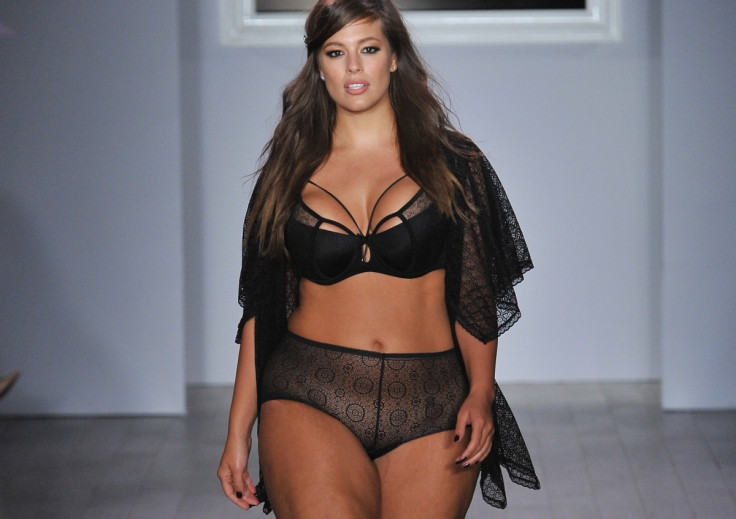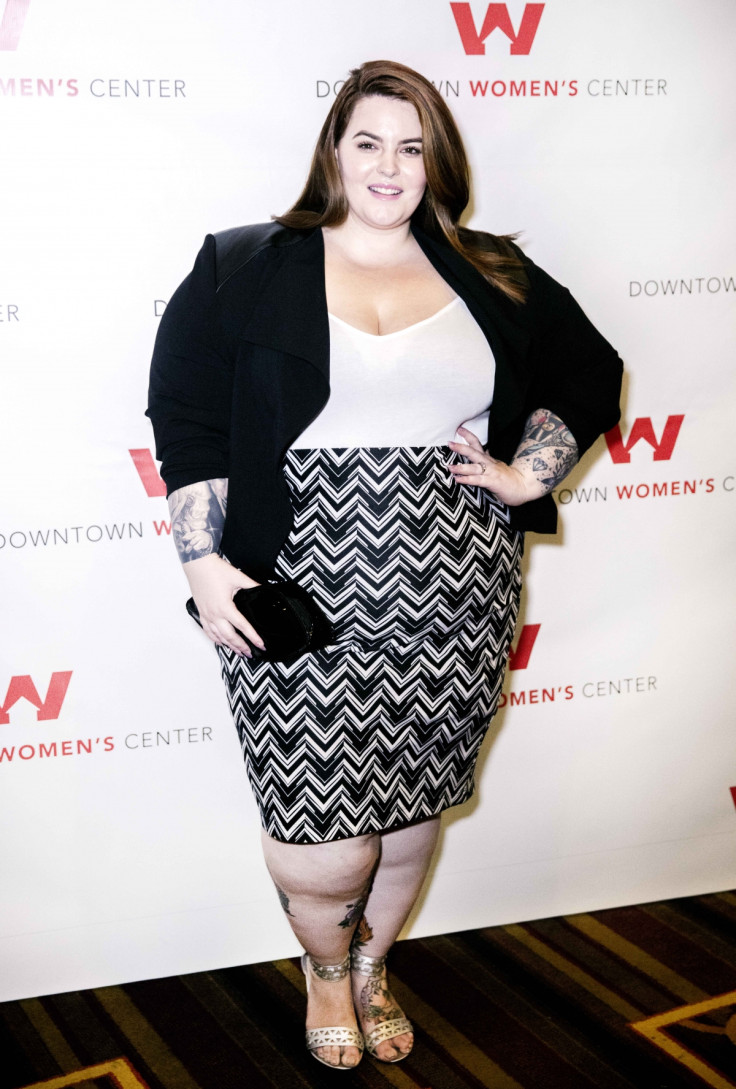The fashion industry certainly isn't in any danger of presenting 'plus size' as the norm

This week, an Australian study showed the use of plus size models normalises obesity, which doesn't have a positive effect on the health and well-being of people as it "encourages the idea that being overweight is acceptable" – and this is broadly correct, if a tad simplistic. But the retail, fashion and beauty industry is still tragically entrenched in the "never too thin or rich" ethos, which periodically flings us a few models who don't fit the traditional size 0 remit, and it certainly isn't in any danger of presenting "plus size" as the norm.
I've been studying the psychology of body image now for almost a decade and the more I learn, the more complicated it seems to become. While physical and mental health are each related and are to be considered when discussing body image, they are not one and the same.
The study found "the acceptance of larger body types resulted in greater consumption of food and a reduced motivation to engage in a healthier lifestyle. One reason why being larger-bodied may appear to be contagious is that as it is seen as more socially permissible, individuals exhibit lower motivation to engage in healthy behaviours and consume greater portions of unhealthy food."
Similarly, while images of extremely slender models have been shown anecdotally to fuel eating disorders, there is as yet no case I have heard of a woman with a healthy BMI looking at a picture of Tess Holliday and immediately resigning herself to remain sedentary and binge eat until she emulates her physique. Plus size models merely represent a hitherto publicly invisible demographic, whereas it is still underweight models to whom we are encouraged to aspire.
In true Daily Mail style, in their online article Tess Holliday (size 30) was mentioned alongside Ashley Grahame (size 16, the average for women in the UK and America), with a portentous warning vis-à-vis the health dangers to "overweight and obese" people. One third of Brits, we are told, are now either overweight or obese.
The problem is, of course, the same health dangers don't apply to those who are simply slightly overweight to those who are morbidly obese. To suggest one third of the population are at imminent risk of the kinds of diseases that routinely befall the extremely obese is to exaggerate the situation.

The BMI chart was formulated more than 100 years ago. We are also working harder for less money, the poor are poorer than they have ever been, we are all more stressed, exposed to more pollution and have less leisure time. I wonder, if we were able to see any of these contributors to poor health in the same way we were able to see fat, whether the part they play in disease might be emphasised in the same way.
This week England's chief medical officer Dame Sally Davies (a woman whose TV appearances are so patronising she often inspires in me a desire to take up smoking in an act of churlish rebellion) waded into the fray, imploring women to understand the damage they are doing to themselves by being overweight, and that obesity is the biggest threat to female health.
Whether there is a human being in Britain who has been left in any doubt that the government and health experts consider being overweight to be hazardous to your health is something about which I remain seriously dubious. I also believe (perhaps naively) that the majority of people know a diet of fresh produce is preferable to the contents of their local chicken shop.
But human beings are complex organisms – 97% genetically identical to a chimp with a brain technically three times larger than it needs to be to survive. Our human psychology is constantly at war with our physicality. Telling people simply to lose weight is ineffectual, if the goal is to promote health.
Encouraging women to adopt healthy habits must be done without judgment and with an understanding of body image psychology. And that is why This Girl Can's viral campaign had a more powerful impact on the way women perceive their relationship with their bodies and exercise than anything any sanctimonious expert or pundit has spewed into the public consciousness.
As for models, the solution there is diversity. As a former bulimic whose BMI was considered "too healthy" to qualify for treatment, but has now recovered, exercises three to four times per week, walks for an hour per day and eats extremely well but who has a BMI of 26 (overweight), "perceived health" is a concept which troubles me.
We are not visual doctors. There are people at the either end of the weight spectrum who lead healthy lifestyles and have healthy bodies. In using models who represent a spectrum of different shapes and sizes, the message is "there are many ways to be healthy and gorgeous. Treat your body well and see how it ends up".
© Copyright IBTimes 2025. All rights reserved.






















